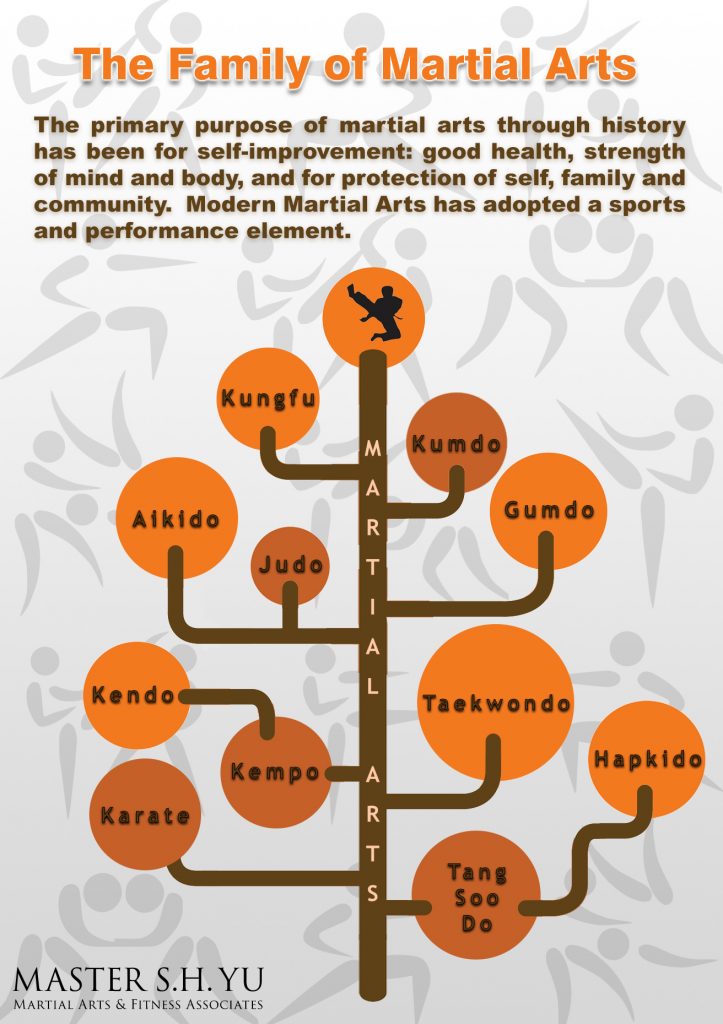Martial Arts Training: Finding The Right Balance Of Rate And Precision
Martial Arts Training: Finding The Right Balance Of Rate And Precision
Blog Article
Personnel Author-Hede Hjelm
Visualize you're standing at the edge of a tightrope, prepared to take your first step. As you collect your emphasis, you understand that this delicate balancing act is not so various from the world of martial arts.
In fighting styles training, discovering the ideal equilibrium of rate and precision is important for success. But exactly how do you strike that ideal equilibrium? It's a question that has interested practitioners for centuries, and in this conversation, we will discover the value of rate and precision, discover training methods to accomplish balance, and tackle the common challenges that develop in the process.
Prepare to uncover the tricks that will certainly elevate your martial arts journey to new elevations.
The Relevance of Speed and Precision
When it pertains to martial arts training, rate and accuracy are essential components that can make all the distinction in your efficiency. Attaining the appropriate equilibrium in between rate and accuracy is crucial for effective martial arts techniques.
Speed allows you to react rapidly to your opponent's activities, offering you a benefit in combat. It enables you to perform strikes and blocks swiftly, capturing your opponent off-guard.
On the other hand, precision makes certain that your strategies land accurately and with optimal impact. Recommended Resource site enables you to hit the target with precision, boosting the efficiency of your strikes.
Training Approaches for Accomplishing Equilibrium
To develop the best equilibrium between rate and precision in your fighting styles training, it's critical to carry out effective approaches that maximize your efficiency.
One training approach is to concentrate on specific methods and drills that target both rate and accuracy. By practicing high-speed activities with accuracy and control, you can enhance your overall efficiency.
An additional method is to integrate interval training, alternating between high-intensity ruptureds of speed and periods of rest or slower activities. aikido classes for adults construct endurance and agility while additionally permitting you to fine-tune your precision.
Additionally, exercising mindfulness and mental visualization can improve your equilibrium by educating your mind to focus on both rate and precision at the same time.
Common Difficulties and How to Overcome Them
One typical obstacle in fighting styles training is maintaining an equilibrium in between speed and precision, but it can be gotten rid of with consistent technique and focus. Right here are a couple of ideas to help you conquer this difficulty:
- Concentrate on appropriate method: Put in the time to learn and grasp the appropriate type and technique for each and every action. women's martial arts will assist you establish precision and accuracy in your strikes and activities.
- Slowly enhance speed: Start by exercising gradually and slowly enhance your rate as you become a lot more comfy with the technique. This will certainly assist you keep control and precision while performing steps at a much faster rate.
- Method timing and reaction drills: Integrate drills that concentrate on timing and reacting to your challenger's motions. This will improve your ability to strike with speed and precision in a real combat scenario.
Final thought
As you end your martial arts training, you have actually uncovered the fragile equilibrium of rate and accuracy. By concentrating on both aspects, you have actually obtained the capacity to execute perfect methods with lightning-fast speed.
It's no coincidence that your devotion and determination have actually led you to this level of mastery. Welcome this newly found equilibrium, and remain to refine your skills, recognizing that rate and precision are the key to ending up being a phenomenal martial artist.
